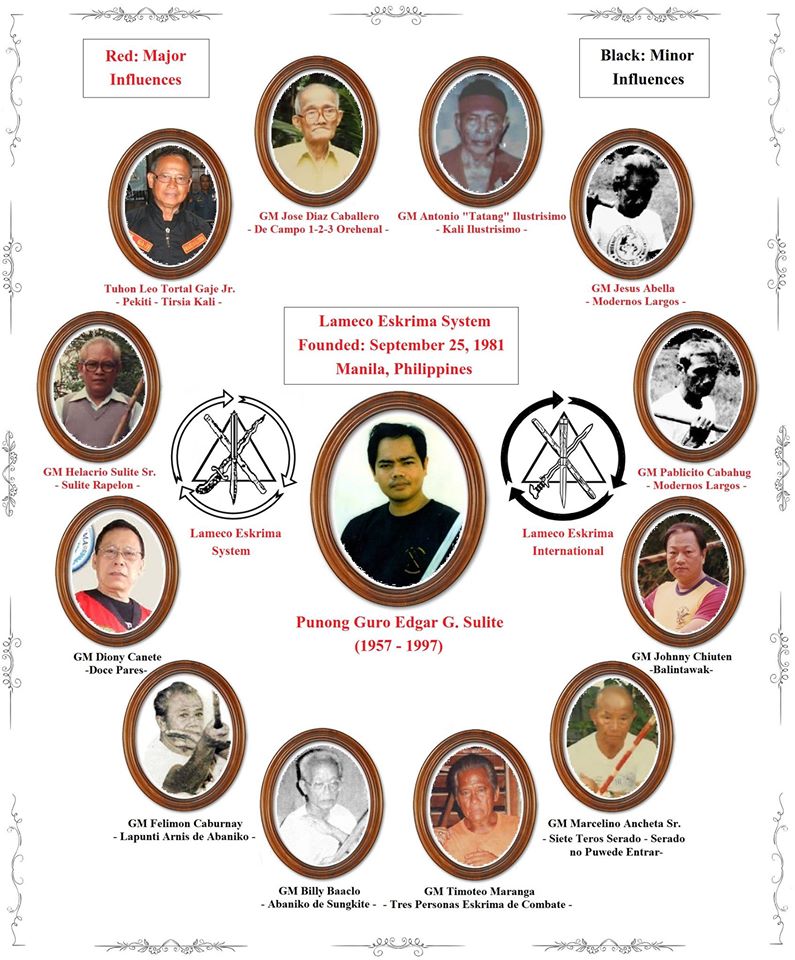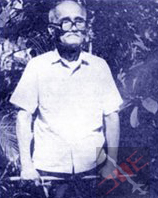Guro Dave Gould made this poster to declare 2017: The Year of Remembrance, Legacy and Honor, regarding the milestone Anniversaries of the following:
Punong Guro Edgar G. Sulite whose 20th Anniversary of Death will be on April 10, 2017.
GM Jose D. Caballero whose 30th Anniversary of Death will be on August 24, 2017.
GM Antonio “Tatang” Ilustrisimo whose 20th Anniversary of Death will be on August 30, 2017.
For all Lameco Eskrima practitioners the lives and contributions of all three of these men should be celebrated as they were all so responsible for the Lameco Eskrima system as we know and practice it today.
We know that there will be events planned to pay respect for PG Sulite on his upcoming 20th Anniversary of death and throughout the year and I really hope that we will all do the same in honor of both GM Jose D. Caballero and GM Antonio “Tatang” Ilustrisimo in like manner, as the knowledge of both run deep in the Lameco Eskrima system in making it as effective as it is.
Naturally we will always honor the memory of Master “Topher” Ricketts for his influence on the Lameco Eskrima system as well as all of our fraternal Lameco Eskrima family who have passed both some time ago and recently.
Lets make this a memorable year for all of these great men and remind people who we are and from whence we come.




